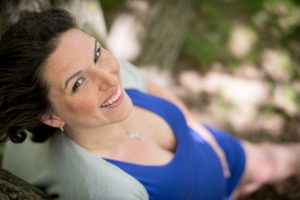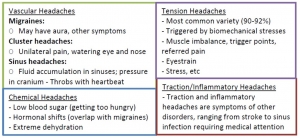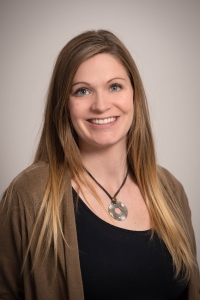Let’s put it out there from the beginning – the amount of stead-fast, hard research on what “actually works” to “potty train” kids is lacking. For this reason, I have taken the key factors and milestones that are seen clinically for readiness and complied some things for us to think more critically about related to “training” our kids.
First things first, I consider it potty learning. This is a crucial distinction to make as parents and caregivers. Training implies that there is something that the guardian must complete in order for kids to be successful at using the toilet. The shift in focus to being potty learning, is recognizing that no matter how hard you try, you cannot MAKE your child pee or poop in the toilet (I mean, have you tried to MAKE a toddler do anything? It’s not happening!)
“My child was on the potty two minutes ago and then they peed on the floor!”
We often get sucked into the cultural norms of having our children ‘potty trained’ by a certain age, but did you know that most children aren’t ready from a physical and mental perspective until closer to 3 or 4? Regardles, using the potty is a skill that needs to be developed and when attempted before the child is ready may lead to a variety of issues (constipation, later bed wetting and leaking problems, urgency and frequency issues, possible pelvic pain, etc).
For a child to be potty learned they must be able to complete all the components of toileting independently (pulling down/up pants/underwear, sitting on the potty, emptying the bladder and bowel, washing hands) and not only that but be able to recognize that the body needs to go, and leave enough time to get there, then coordinate the muscles of the pelvic floor to relax and empty the bladder and the bowel… phew! It’s actually pretty tough to get the hang of!
If a child is under the age of 3 and they learn that they can ‘hold’ their bowel/bladder they will often wait much longer between voids than inhibited voiding (this is what happens when children are in diapers as a newborn and infant) which can lead to bladder infections and constipation. Over time, bladder holding can lead to what is often referred to as a ‘weak’ bladder where the child needs to void frequently throughout the day (can’t drive more than an hour for your 4, 5, 6+ year old?)
You need to pee AGAIN? You just went to the bathroom!
A few things we want to think about specifically:
*having to guide (not nag, push, or pester) a child under the age of 4 (sometimes even older) to use the washroom is normal
*ensuring the child isn’t constipated before starting potty learning is essential (peanut butter consistency!)
*if it’s frustrating for you or the child likely now isn’t the right time
So what are some of the Potty Learning components?
From my perspective there’s three things kids need in order to potty learn:
~Physical readiness (can the bladder hold enough urine)
~Cognitive readiness (do they understand what their body is telling them with enough time to do what they need to do)
~Emotional readiness (this is whether they choose to actually go potty or not)
How much urine is in a miss? A dribble in underwear or a full bladder?
If it’s just a dribble they probably are ok to continue with underwear changes. If it’s a full bladder (and doesn’t get better quickly) I would say head back to diapers.
The tricky part is we often associate using the potty with being a big kid so if they aren’t ready they will become upset. HOWEVER, mom/dad/caregiver gets to decide underwear or diapers, and little gets to decide if they pee/poop in the potty or not. There is absolutely nothing you can do about when they pee or poop or where they do it. Toddlers love control. So you give the little control: ‘ok, pee and poop need to go into the potty or into a diaper. If your body isn’t telling you when to go potty with enough time to get there then we need to wear diapers and that’s ok. We can try again later’
Wearing diapers also doesn’t mean they can’t go pee on the potty. They for sure still can! Tell them that too and celebrate pee in the potty ‘wow! You listened to what your body was saying, great job!’ (No big kid stuff)
If you have questions about potty learning, or want to learn more about normal continence and skill development, the clinic runs a Peds Pelvic Floor Workshop when there is a group request (business or otherwise), and I developed an online resource website plus e-book: Potty Learning Made Easy ! You can also just book an appointment in Warman or Evergreen.

Haylie has been practicing pelvic health and focused in prenatal and post-partum care since graduating from the U of S MPT program in 2011. Officially adding to her practice pediatric pelvic floor therapy in 2017. She has been advocating for treatment for women, ensuring appropriate and effective care throughout pregnancy and post-partum, and helping all expecting and post-partum moms ultimately brought her to open her family-friendly clinic. At Warman Physio clients are encouraged to bring their infants and children to treatment. Warman Physio has been nominated as a finalist for the 2018, 2017, & 2016 WMBEXA, is a WMBEXA award recipient of 2017 New Business Award, and a finalist in the ABEX 2018, 2017 & 2016, and Haylie was recognized as YWCA Women of Distinction for Health & Wellness in 2017, and has been nominated for the 2019 SABEX and WMBEXA Awards.




